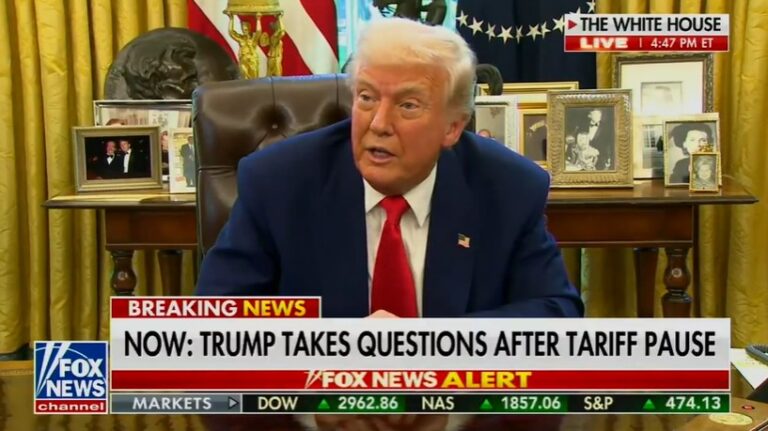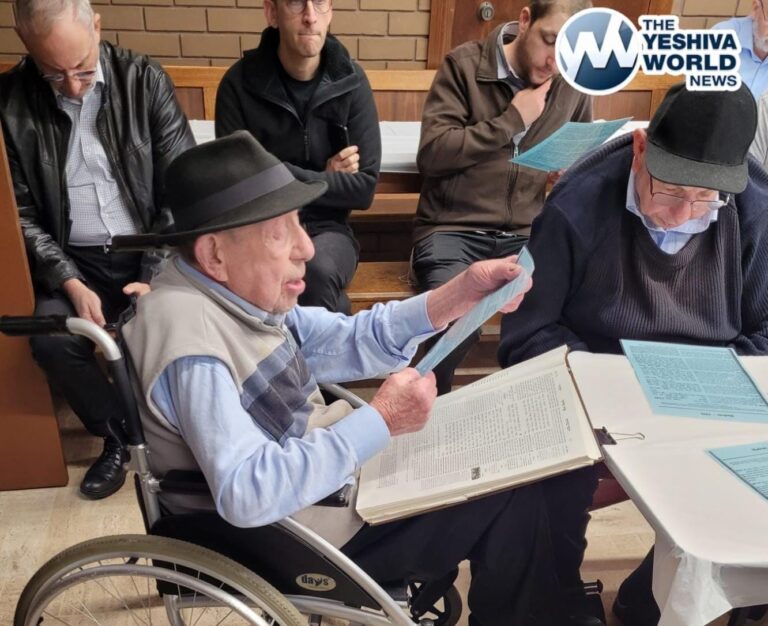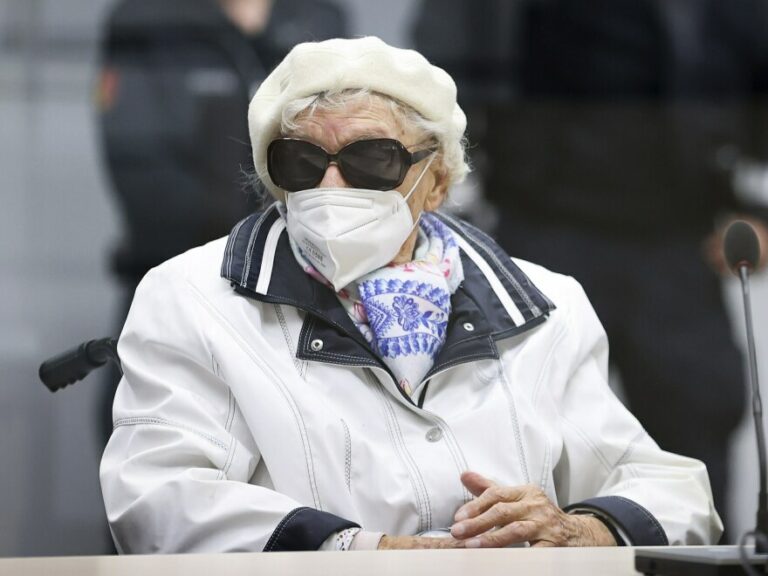By Rabbi Yair Hoffman for 5tjt.com
“No, honey. I do not want you to drive on this holiday. It is simply not safe!”
“Mommy! Everyone else’s mother says it is fine.”
This conversation has probably taken place in many Jewish homes across the country, and many mothers have been up late worrying about their sons and daughters who have “gone out for Motzai Shabbos pizza” and the like.
HILCHOS SHABBOS
We know that in regard to someone who is ill on Shabbos and the danger is one of possible pikuach nefesh, the Shulchan Aruch (328:2, 5) rules that one must certainly violate Shabbos. One who first stops to ask a she’eilah on these matters is called “someone who spills blood.” Contemporary poskim have compared these halachos to other cases of Safek.
A CRITICAL CHAZON ISH
However, not every case and question is halachically to be considered as “safek pikuach nefesh.” The Chazon Ish (Ohalos 22:32) provides the following parameters:
“If it is merely a possible future danger, but there is currently no reference to a danger at all, this is not considered “safek pikuach nefesh,” a possible danger to life [for which we would violate Shabbos and the like]. If there is a specific situation such as an epidemic or a war, where there is a concern that a dangerous situation may develop, then it is considered possible pikuach nefesh.
The matter is not dependent upon whether the dangerous situation is actually here or not. Rather, is it matzui (statistically not surprising) that the matter will be dangerous or possibly dangerous? Any issue that according to estimation of chachamim has a realistic possibility of danger is termed as a “yediah of sakanah,” an awareness of danger, even if it did not yet come or if there is a general situation such as a war, where many times it will yield dangerous situations. This is considered a “sakanah yaduah” — even if the actual sakanah did not yet arrive. These matters are given to the chachamim to determine.”
ANALYSIS
Thus, according to the Chazon Ish, it is the rabbis’ call — based upon the input of doctors or statisticians, in such a case. If they think that the danger would be too great, then it would be forbidden to do so. But what if the doctors or statisticians themselves are arguing about it?
EXPERT VS. EXPERT
When you have a case of two doctors and one says that we should violate Shabbos for a particular patient and the other says that there is no need, if both doctors are equal in terms of their medical knowledge, then we violate Shabbos for the patient. If one is more expert than the other, we follow the more expert one (See Biur Halacha “V’im” in SA OC Siman 328). Even if the more expert doctor is arguing with numerous other less-expert doctors, we still follow his recommendation to violate Shabbos. If, however, there are a number of doctors and their knowledge is equal, then we follow the majority of the doctors’ opinion. If the expert doctor states there is no need to violate Shabbos but the other doctors state that there is, we follow their opinion since they are the majority (see SA OC 618:2 and Mishnah Berurah 10).
So there we have it. We follow the majority view of the doctors in such cases.
RAV SHLOMO ZALMAN AUERBACH’S VIEW
Rav Shlomo Zalman Auerbach (Minchas Shlomo Vol. II 29:4) also deals with the subject matter, and rules that the definition of a danger lies in the public perception of what people would do. If most people would not do it, then these are the parameters of what is forbidden.
[We are assuming that most intelligent people would take the advice of what doctors recommend. It is an unfortunate reality that there has emerged a group of people that can be termed as “Flat-Earthers,” who discount all medical advice and go against the views of gedolei Torah. When they are confronted with evidence of the views of gedolei Torah, they reject them as forgeries.]
In Chashukei Chemed Yuma 84b, Rav Yitzchok Zilberstein deal with a question of whether a doctor is obligated to attend to an ill person that needs him if the road that leads there is a dangerous one, in that Arab terrorists frequently shoot at cars that travel on it. Rav Zilberstein responds that, even according to Rav Shlomo Zalman’s parameters, if people would generally not travel on this highway but would do so to earn money, then the doctor must also go.
HASHEM WATCHES FOOLS
The Gemara in Shabbos (129b) discusses the dangers involved in bloodletting twice and three times a week. It states that if someone has z’chus avos, merits of his forefathers, he may do so twice per week on account of kvar dashu bei rabbim — a significant amount of people have already done it so we apply the principle of shomer pesaim Hashem, Hashem watches over fools. The Gemara in Yevamos (72a) applies this dictum as well.
Does this heter, leniency, of kvar dashu bei rabbim just grant us permission to do something ill-advised, or does it remove the matter from the parameters of safek pikuach nefesh? Rav Yisroel Isserlin (1390–1460), author of the Terumas HaDeshen, in his responsum (#211) deals with the prospect of marrying a woman whose two previous husbands had died. The Beis Yosef in Even HaEzer (Siman 9) cites this Trumas HaDeshen authoritatively. His answer seems to indicate that a talmid chacham should avoid relying on “shomer pesaim Hashem.” Just because we have a case of dashu bei rabbim does not mean that the leniency should be relied upon.
LATER POSKIM
Rav Moshe Feinstein, zt’l, published a responsum (Igros Moshe Y.D. II #49) saying we cannot pronounce that smoking is technically forbidden since great Torah scholars of previous generations smoked. Later on, his son, Rav Dovid Feinstein, zt”l, stated that in light of the new statistical evidence, even his father would not have ruled permissively. The way that we may understand Rav Dovid zt”l is that he understood his father’s view as when the empirical statistical evidence is so overwhelmingly higher than what it was thought to be – then it would be forbidden and the leniency of kvar dashu bei rabbim is overridden in such cases.
RAV CHAIM OZER GRODZINSKY’S VIEW
Not every posek, however, allows the leniency of kvar dashu bei rabbim to be applied across the board, regardless of proven statistical dangers. Rav Chaim Ozer Grodzinsky (my great-grandfather’s rebbe) ruled in his responsa work (Achiezer Volume I 23:2) that when there is a known statistical danger, we do not apply this leniency.
Rav Chaim Ozer’s position is also similar to that expressed by Rav Malkiel Tzvi Tenenbaum (1847–1910) in his Divrei Malkiel Vol. I #70 and by Rav Eliezer Yehudah Waldenburg (1915–2006) in the Tzitz Eliezer (vol. XV 39:1).
CONCLUSION
From a technical point of view, we can say as follows: It seems that the expert statistics is that there is no statistically significant rise in traffic fatalities over New Year’s Day than on other days. Experts say that about 400 more people die on New Year’s day than on other days in January. But January seems to be safer than summer months. This is based upon the thoughts of the statisticians at https://injuryfacts.nsc.org/motor-vehicle/holidays/new-years-day/data-details/
Of course, there is still the Kivud Av v’Aim issues of causing parents to worry, but that may be another issue entirely.
The author may be reached at [email protected]












9 Responses
ירושלמי · מסכת ברכות · פרק ד · הלכה ד
רבי שמעון בר אבא בשם ר”ח כל הדרכים בחזקת סכנה
Driving a car is inherently dangerous!
Think about it: You are in a metal box travelling faster than 55 mph on a highway with other metal boxes travelling at this speed within just a couple of feet between you.
The slightest wavering in the lane can cause the boxes to collide! Your life depends on your skill, the other driver’s skill, the wheels not failing, the brakes not failing etc.!
The risk of an accident increases with inclement driving conditions, like when it is raining or icy roads.
Driving is a high-risk activity and the statistic bears it out – with the high number of injuries and fatalities caused daily by road accidents:
Every year, roughly 1.3 million people die in car accidents worldwide – an average of 3,287 deaths per day. (SaferAmerica, 2019)
Road traffic crashes cause 20-50 million injuries globally each year. (WHO, 2018)
So the real question is:
Is a frum person allowed to drive and place himself in a חזקת סכנה and if he is allowed to drive in general, can he specifically drive in bad weather that increases the risk (anything from rain to a snowstorm, night, fog, or on roads that are statistically dangerous)?
To pose he question of driving on New Year seems ingenious!
While on the topic –
More than half of all road traffic deaths worldwide are among pedestrians, cyclists, and motorcyclists. (WHO, 2018)
So pray tell, is it forbidden to be a pedestrian or cyclist along a roadway?!
ר’ ינאי הוה נפיק לאיסטרטה הוה מפקד גו ביתיה
ר’ ינאי הוה נפיק לאיסטרטה – כשהיה יוצא לרחוב העיר, הוה מפקד גו ביתיה – היה מצוה את ביתו, כאדם העומד למות.
קהלת רבה פרשה ג’, ג’
R’ Yanai would write a Will before going outside onto the street!
Rebitzen,
You know you can email him directly
Better said: that may be a “mother” issue entirely.
So if driving on “Rosh Hashanah” is problemlatic, than kal v’chomer, driving on Purim is ganz assur.
‘
Dear addict, the tachlis of my comments is יגדיל תורה and ריתחא דאורייתא (see תענית ד ע”א as explained in Rashi and Maharsha). My comments also add important points that the learned Rov missed in his haste to publish his article.
Also, as in my comments on mani-pedi nail clipping, to provide an alternative conclusion to the essay. https://www.theyeshivaworld.com/news/headlines-breaking-stories/2152768/mani-pedis-expectant-mothers-and-halacha.html
On a few occasions, I was zoche that the esteemed Rov replied to my comments. That shows his gadlus!
Finally, Mr Addict, I don’t think it is צניעות for me to have a private email communication with the author. A public forum is transparent and more appropriate.